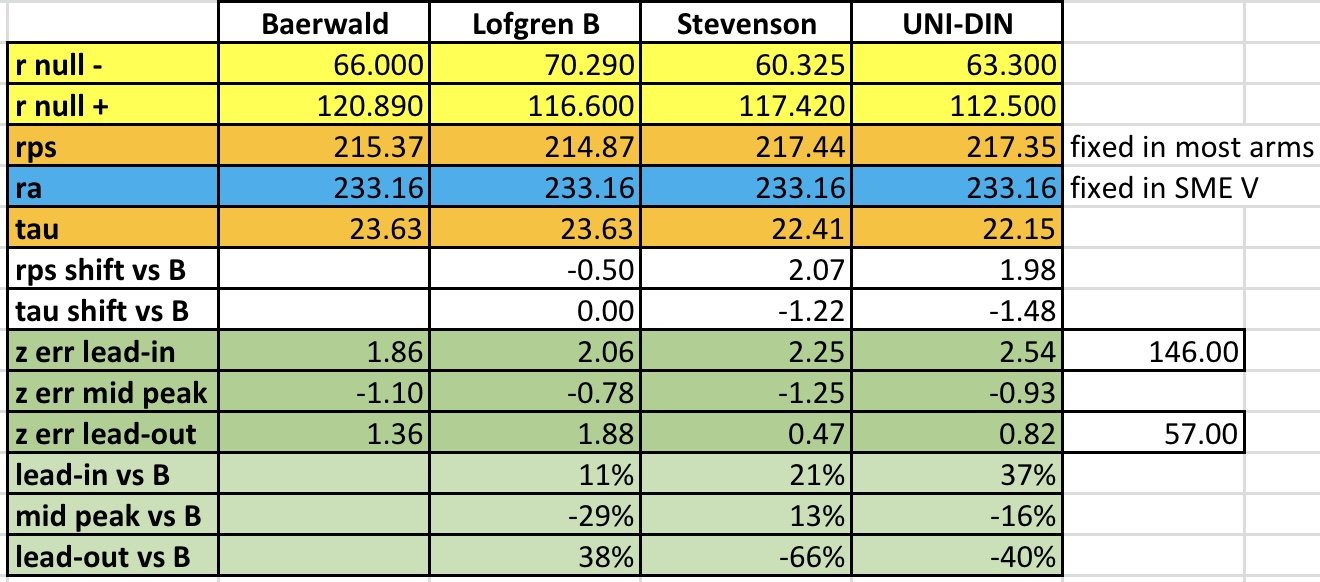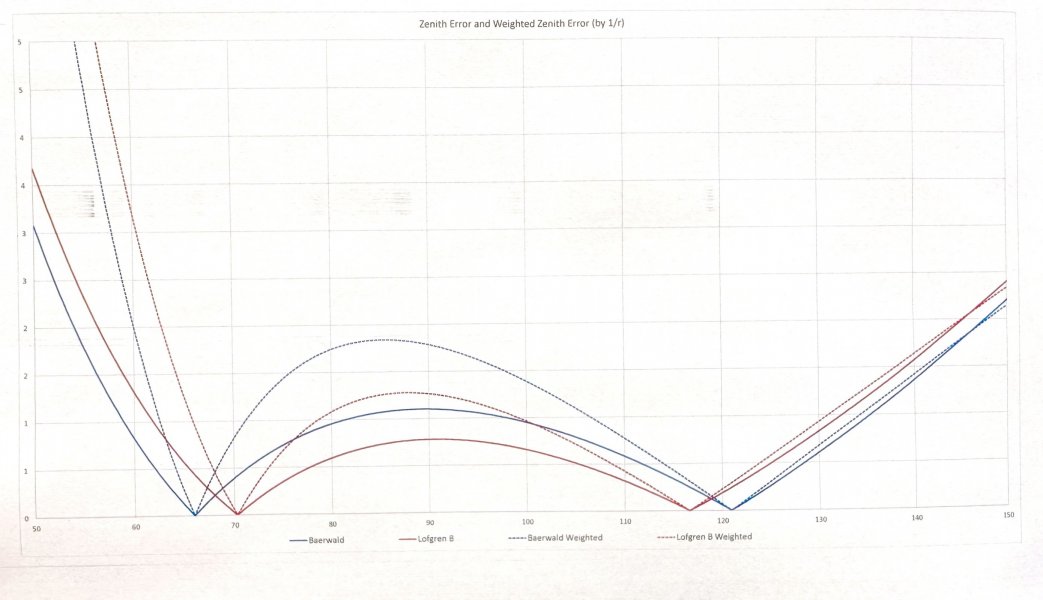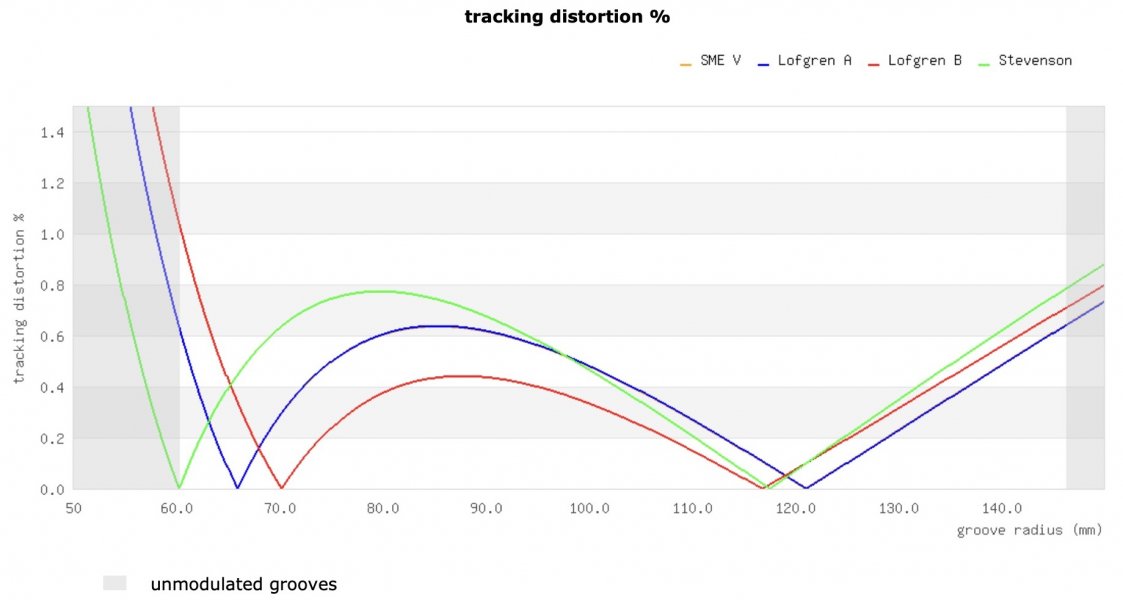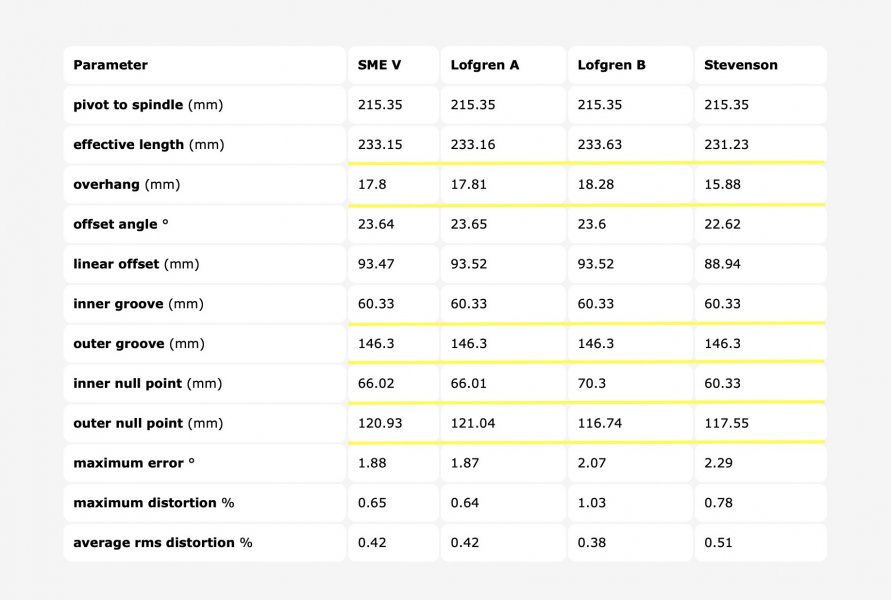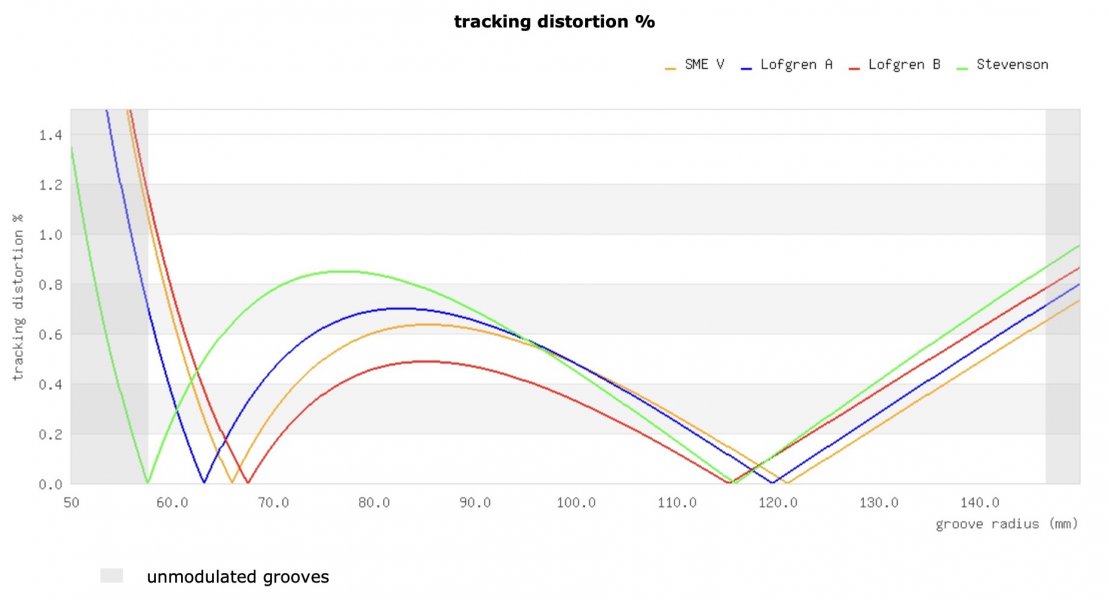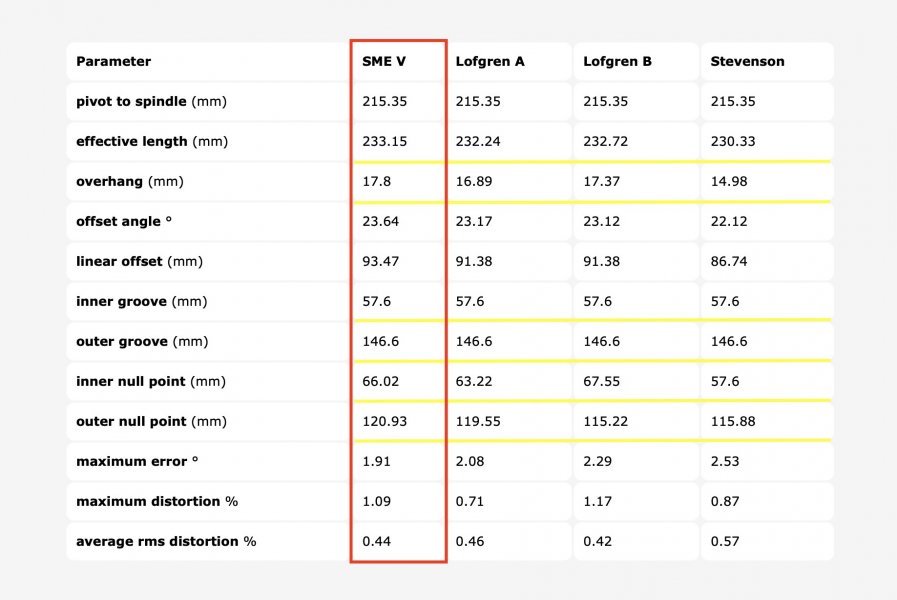I have always wanted to understand the math behind alignment conventions, and having found no source, I did the math myself.
Consider this diagram:
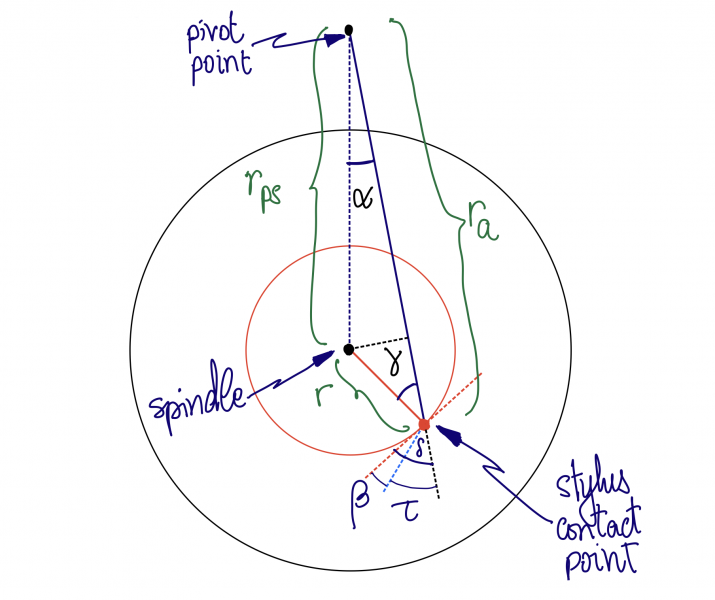
After doing the math (link below with full details) you get that:
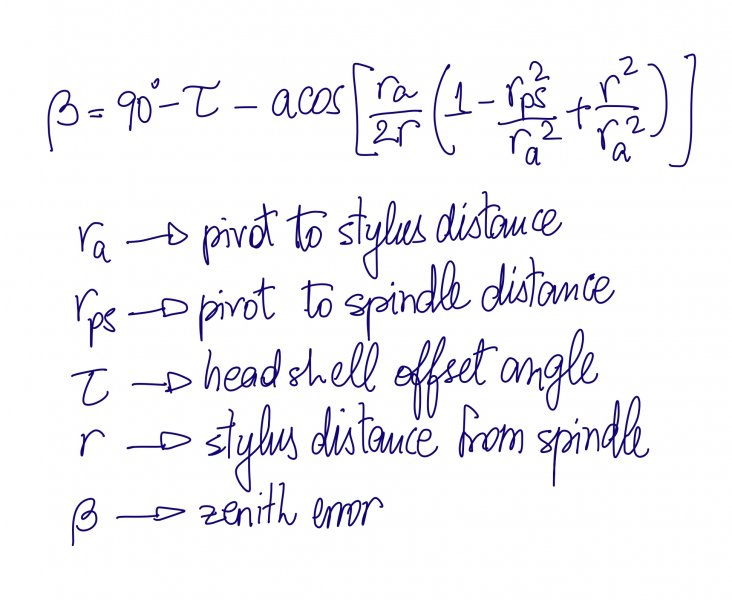
Full derivation and more details at: https://bit.ly/zenith-math
What is interesting here is that:
1- Given two null points (r+ and r-, in any of the conventions) determines the relationship between rps and ra as:
ra^2 - rps^2 = r+ * r-
Which means you can adjust ra (or rps in the SME V) to accomodate any convention
2- Similarly, given the null points r+, r-, and ra, the offset angle is:
tau = 90 - acos( (r+ + r-) / (2*ra) )
And what this means is:
A- Choice of null points determines ra vs rps
B- Once we get ra and rps right, aligning the null points is always possible
A plot of abs(beta) function for various alignment conventions:
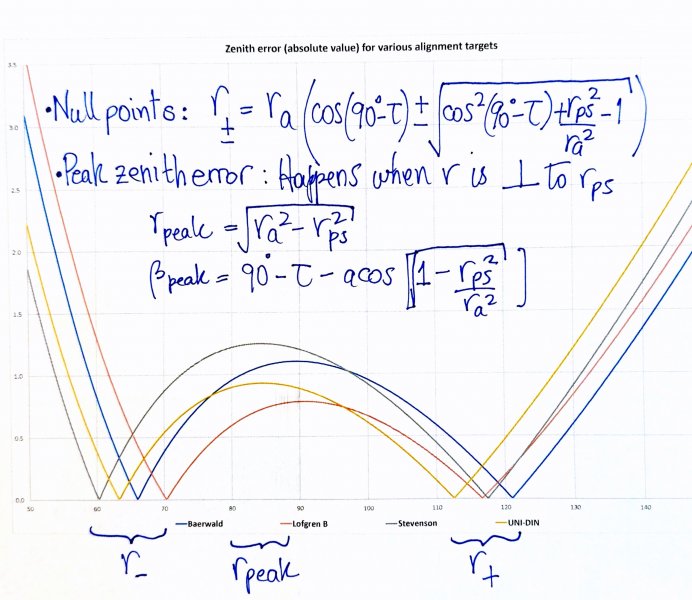
miguelito
Consider this diagram:

After doing the math (link below with full details) you get that:

Full derivation and more details at: https://bit.ly/zenith-math
What is interesting here is that:
1- Given two null points (r+ and r-, in any of the conventions) determines the relationship between rps and ra as:
ra^2 - rps^2 = r+ * r-
Which means you can adjust ra (or rps in the SME V) to accomodate any convention
2- Similarly, given the null points r+, r-, and ra, the offset angle is:
tau = 90 - acos( (r+ + r-) / (2*ra) )
And what this means is:
A- Choice of null points determines ra vs rps
B- Once we get ra and rps right, aligning the null points is always possible
A plot of abs(beta) function for various alignment conventions:

miguelito
Last edited:








